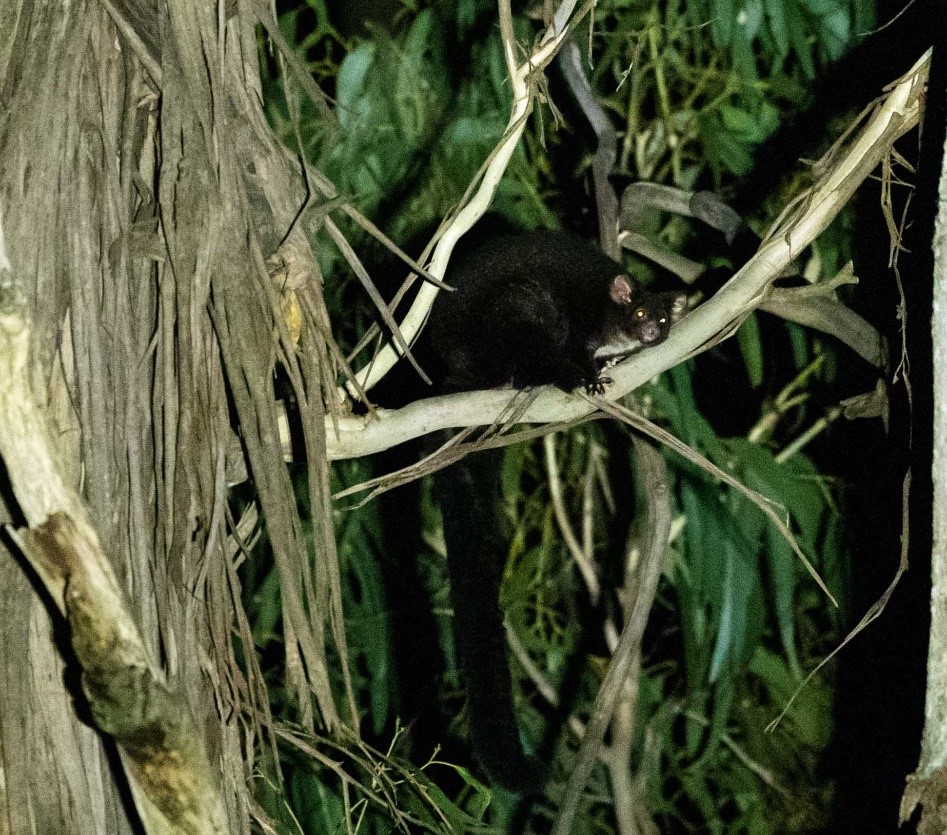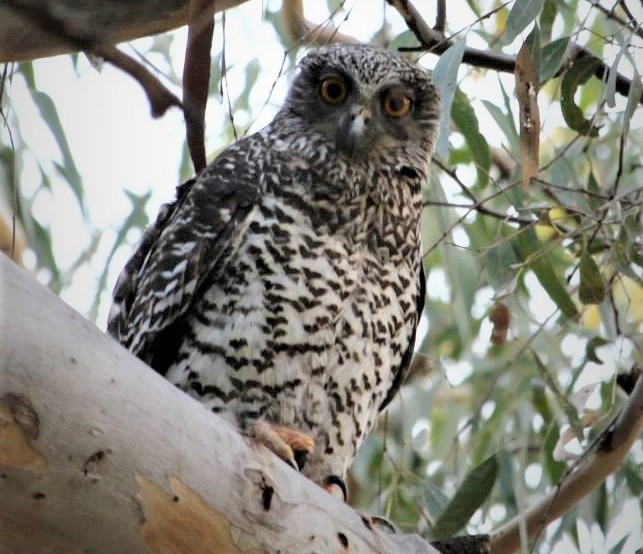In south-eastern Australia, the scale of the 2019/2020 bushfires was unprecedented and likely resulted in a significant loss of habitat for hollow-dependent species. In Victoria, desktop mapping of the extent and severity of the bushfires suggested there had been substantial impacts on five high priority species - the Southern Greater Glider (Petauroides volans), Yellow-bellied Glider (Petaurus australis), Powerful Owl (Ninox strenua), Sooty Owl (Tyto tenebricosa) and Masked Owl (Tyto novaehollandiae)
.
ARI have completed surveys for these five priority gliders and owls in areas of East Gippsland, to assess short-term impacts and threats associated with the fires. This work supports the implementation of recovery management actions for these species.
Field surveys showed that:
- Surveys focusing on sites that were occupied by Greater Gliders prior to the fires found that they still occurred at 57% of sites (17 of 30), mainly in the higher elevation forests of East Gippsland.
- Both glider species declined due to the bushfires, with site occupancy falling by around 40% at locations occupied prior to the bushfires.
- Gliders and large forest owls were detected more frequently in unburnt forest and forest burnt at low or medium severity, compared to forest burnt at high severity.
- Very few detections of large forest owls occurred, so it was difficult to assess the impacts of the fires on these cryptic species. However, it is possible that all the owl species have undergone declines due to reductions in key requirements for these species (prey abundance and hollow-bearing trees).


These results highlight the impact of high-severity fire on these species and the importance of protecting remaining unburnt forest habitat for gliders and owls in East Gippsland. Retaining high numbers of hollow-bearing trees in the landscape is especially important for all these species. Maintaining prey species in the landscape is also essential for large forest owls; protecting midstory vegetation as shelter for arboreal prey and controlling introduced predators (such as foxes and cats) are potential strategies to increase the amount of food available for owls.
This project was funded through the Victorian Government’s Bushfire Biodiversity Response and Recovery program (Phase 1) and is now informing future management actions for these species.
For more information contact: jemma.cripps@delwp.vic.gov.au
Page last updated: 23/08/22